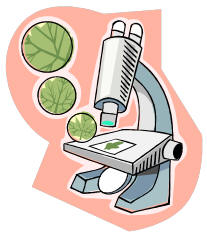
Unit 7
Essential Question:
What evidence can we provide that organisms are made of one or more cells?
Living things are made of cells we can only see through microscopes.
Further explore the organisms found in fresh water.
Biology for Kids- Cells
Connect and compare your background knowledge about cells using this site.
Plant and Animal Cells
View animated models of plant and animal cells.
Extend your knowledge and skills by creating a model.
Observe common organisms found in a pond in this virtual pond dip.
Singled-Cell versus Multi-Celled
Singled-Cell versus Multi-Celled 2
Learn about the needs of single-celled organisms to familiar multi-celled organisms.
Cells Alive
Explore this site to demonstrate the presence of microscopic organisms.
Learn about a career in Microbiology
Have students paly this interactive game and learn more about the parts of a cell.
They are a pseudopod and are able to move around within the game.
Describe and compare the needs of a cell to organizations found within a town.
Discover the parts of a cell and its structure and functions.